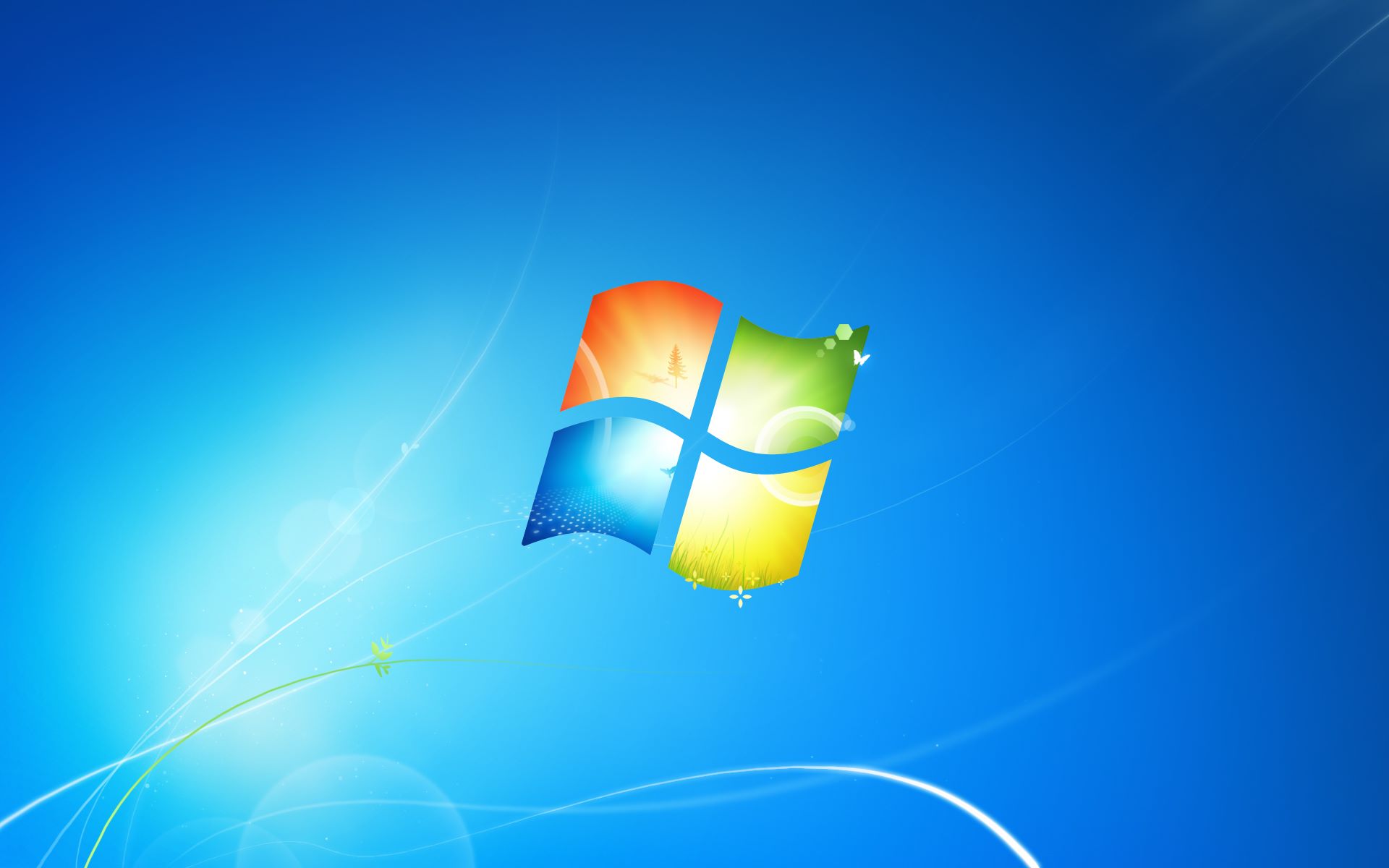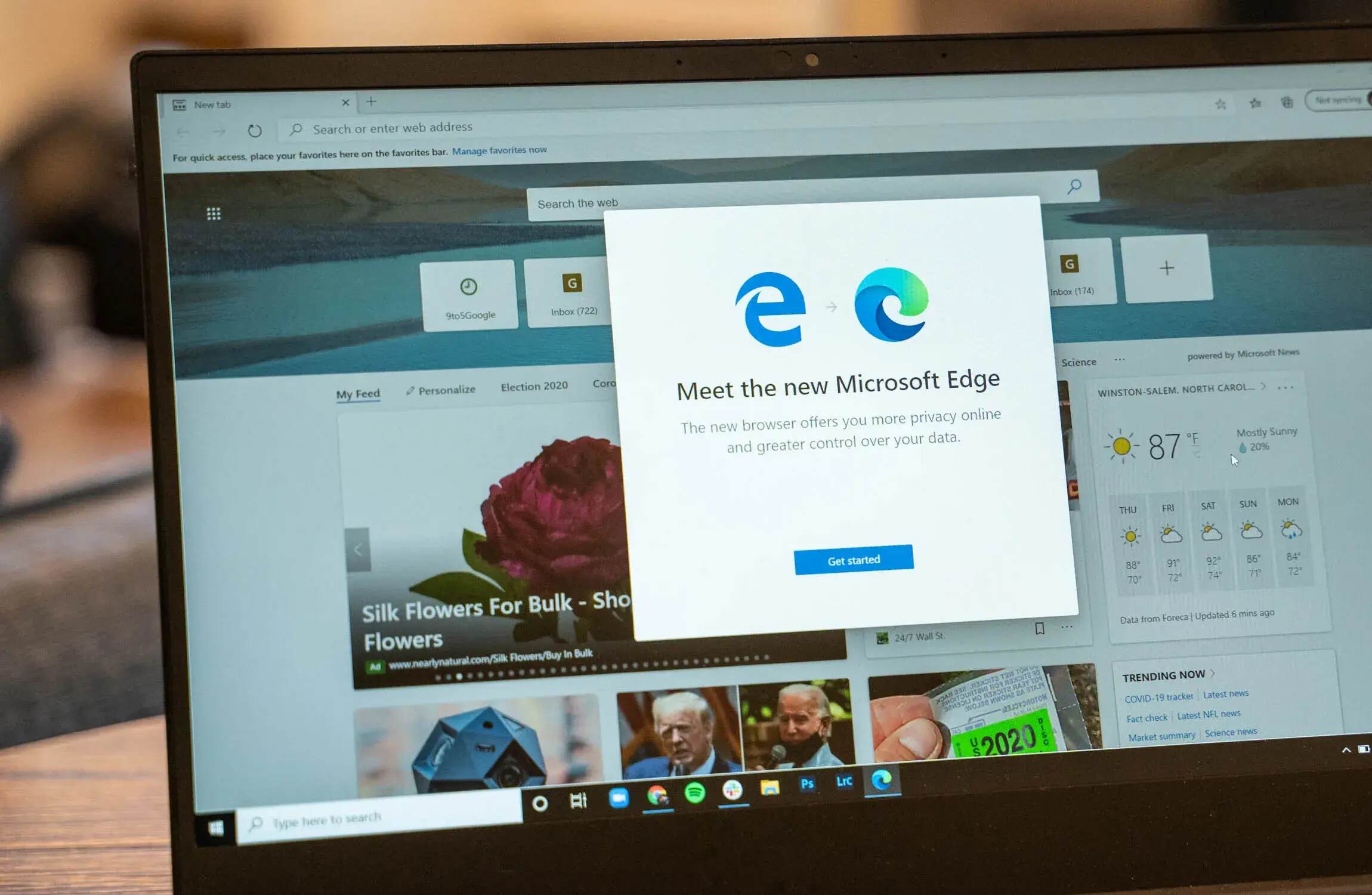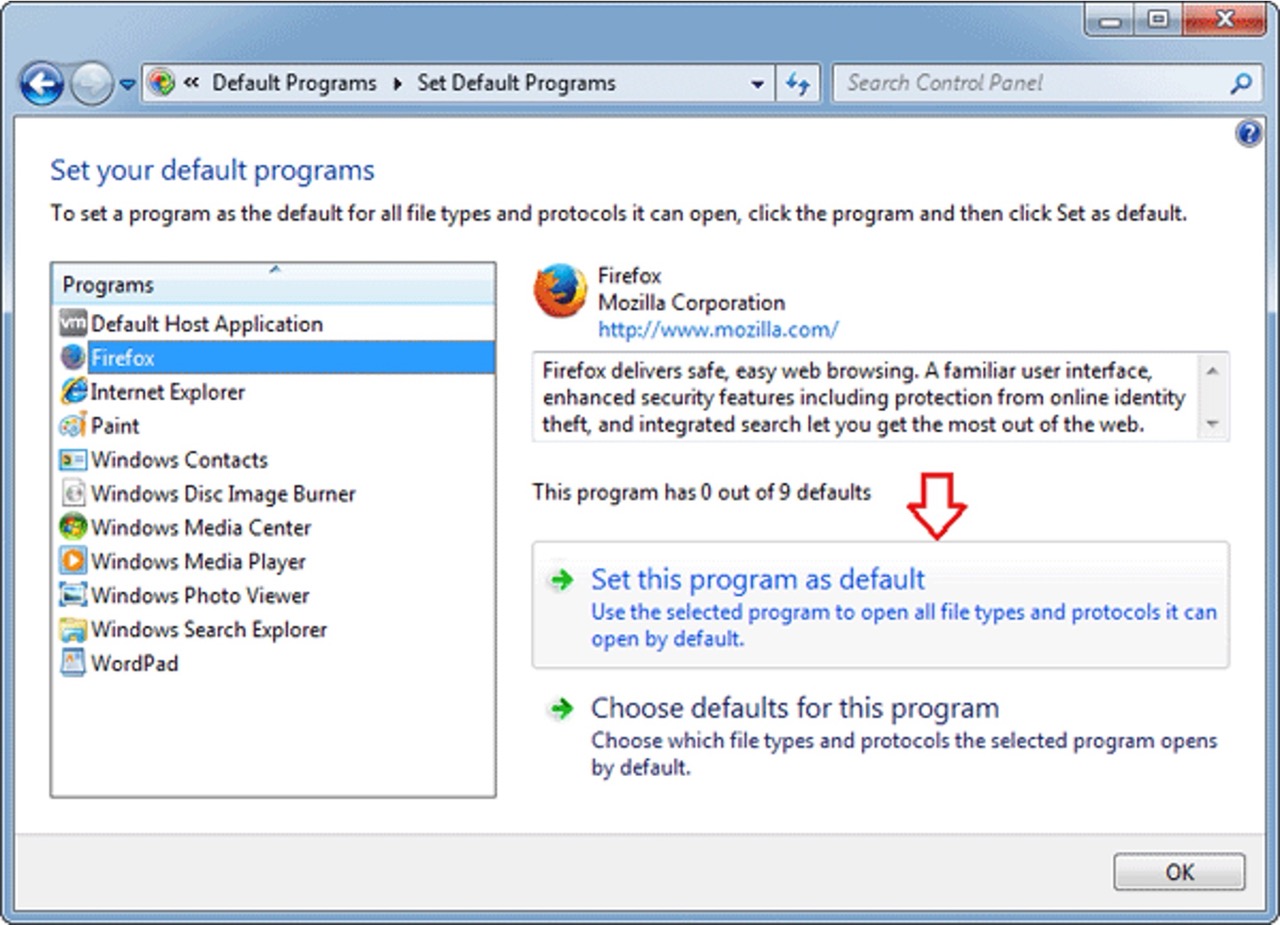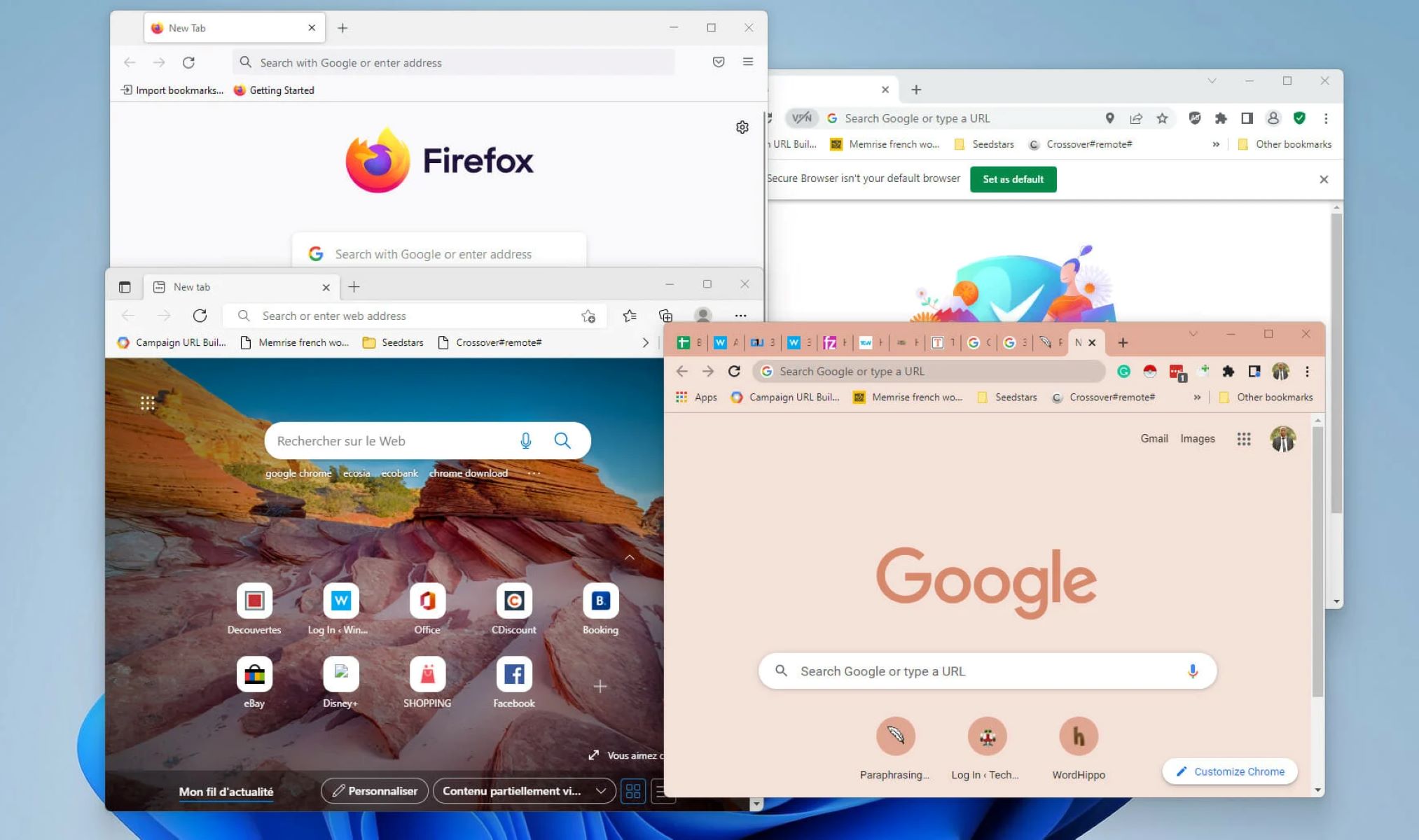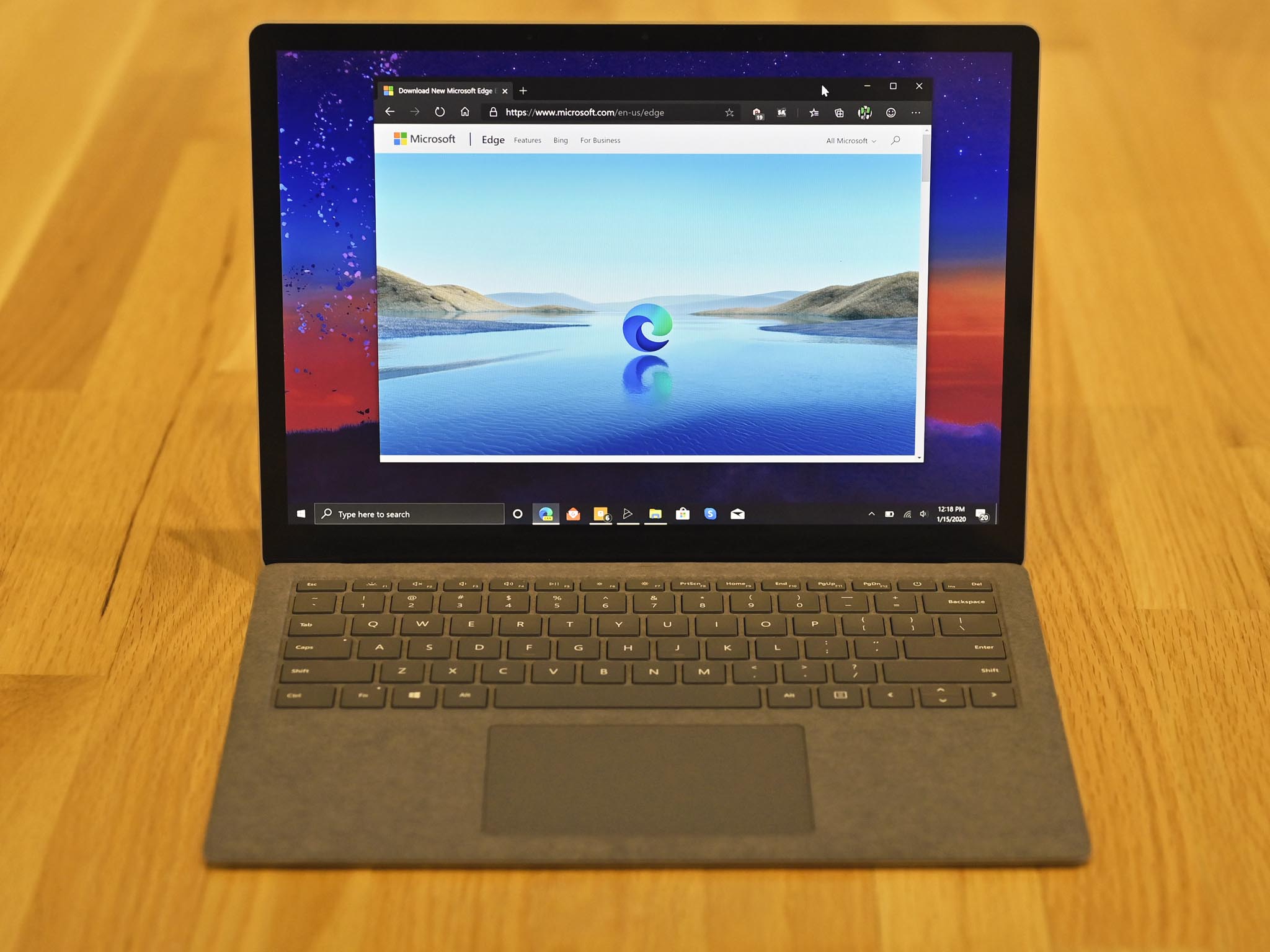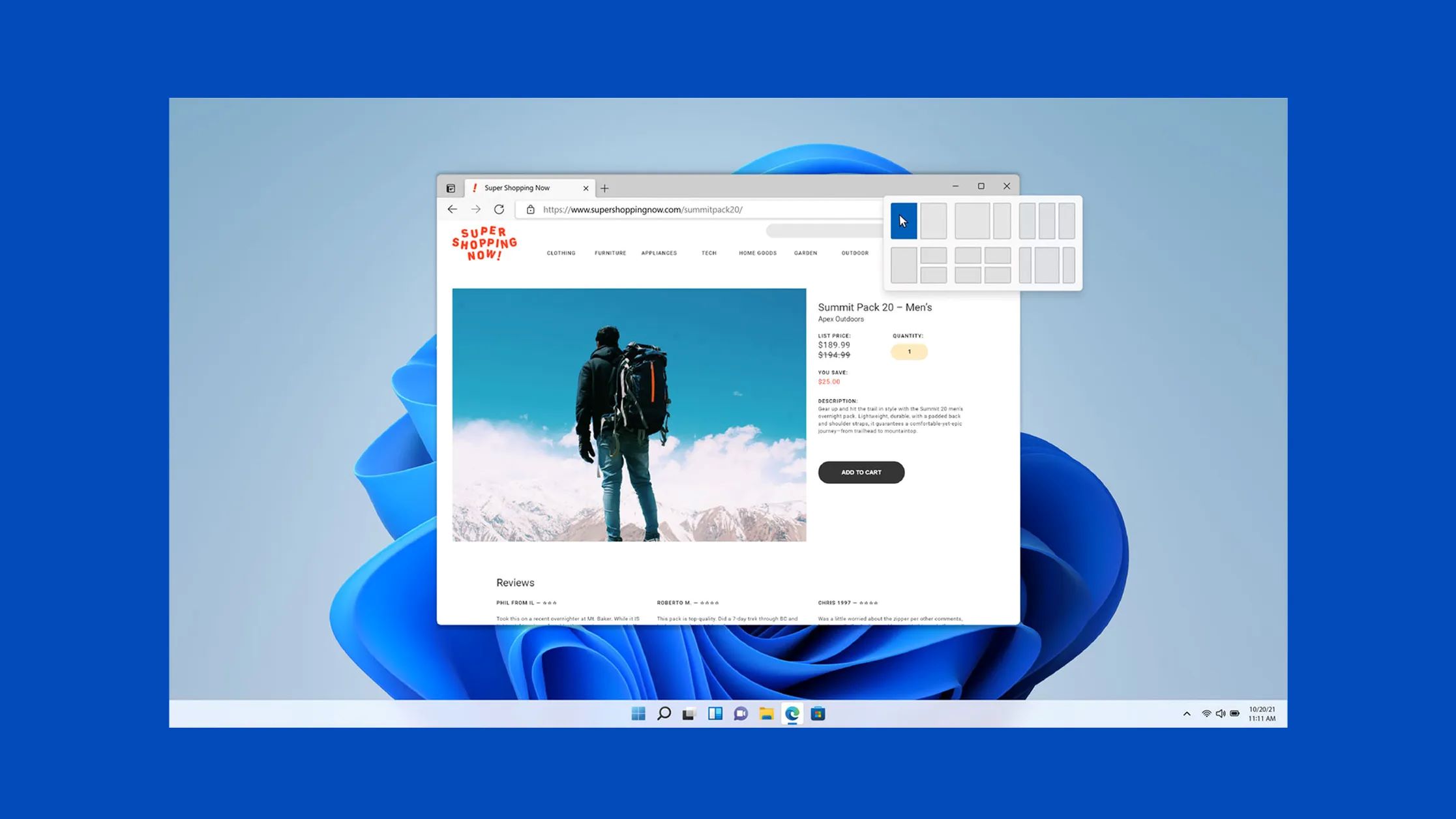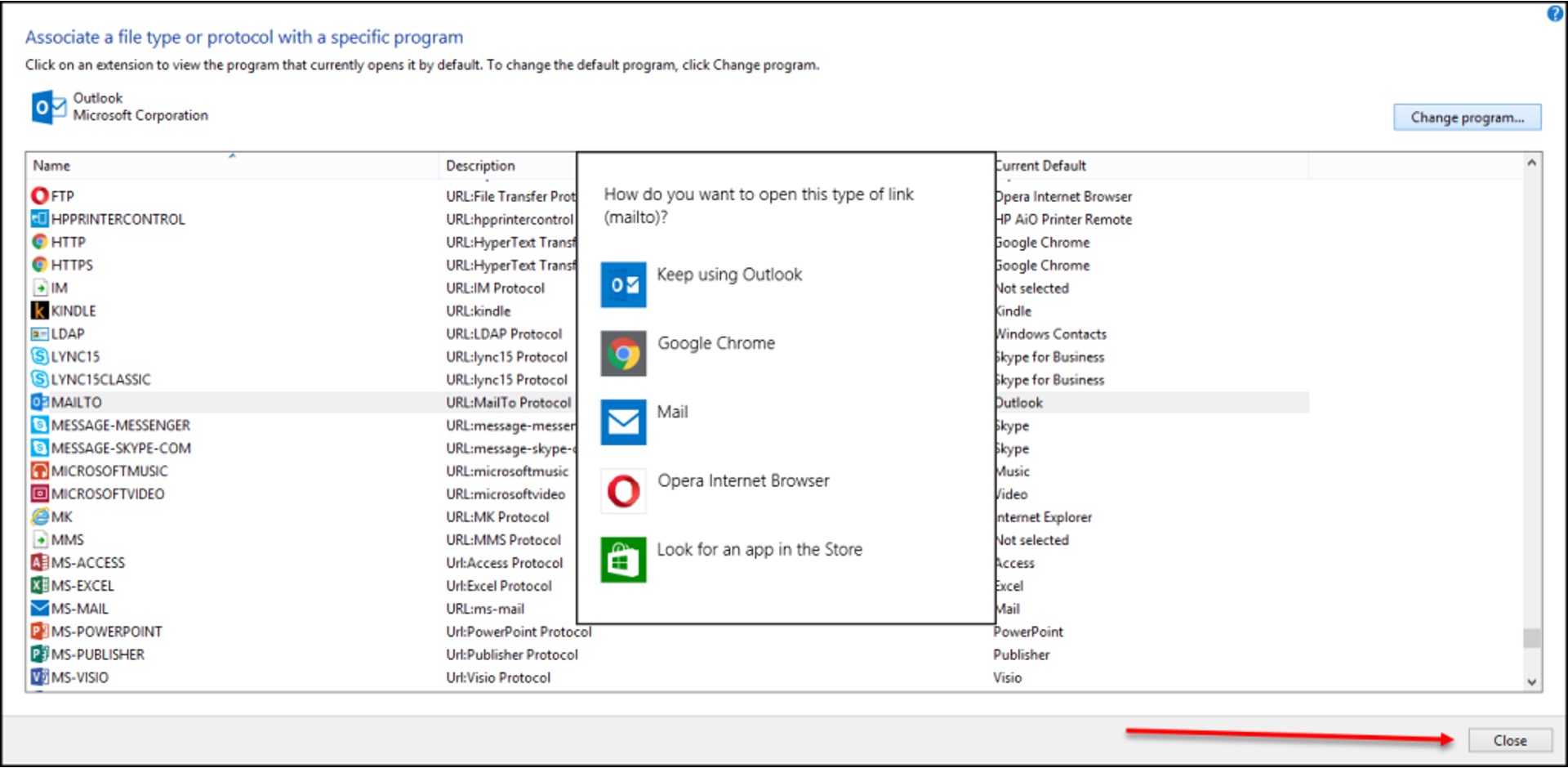Introduction
With the availability of various web browsers, choosing the one that best suits your preferences and needs is essential. Windows 7 allows you to change the default browser, giving you the freedom to customize your browsing experience. Whether you want to switch to a faster browser, utilize certain features unique to a specific browser, or simply try something new, changing your default browser in Windows 7 is a simple, straightforward process.
In this guide, we will walk you through the steps to change the default browser in Windows 7. By following these instructions, you’ll be able to set your preferred browser as the default option, ensuring that all web links and HTML files open automatically with your chosen browser.
Before we dive into the steps, it’s important to note that the process may vary slightly depending on the specific browser you want to set as the default. However, the general principles outlined in this guide should be applicable to most commonly used web browsers.
Step 1: Open the Default Programs window
To change the default browser in Windows 7, you’ll first need to access the Default Programs window. Follow these steps:
- Click on the “Start” button located in the lower-left corner of your screen.
- From the Start menu, click on “Control Panel” to open the Control Panel window.
- In the Control Panel window, locate and click on the “Default Programs” option.
- The Default Programs window will open, displaying a variety of options for managing default programs.
Alternatively, you can access the Default Programs window by searching for “Default Programs” in the search bar located on the Start menu.
Note that in some versions of Windows 7, you may find the Default Programs option under a different category, such as “Programs” or “System and Security.” Look for the category that contains the Default Programs option if it is not immediately visible in the Control Panel.
Once you have successfully opened the Default Programs window, you are ready to proceed to the next step in the process of changing the default browser in Windows 7.
Step 2: Choose a default browser
After opening the Default Programs window, you will have several options for choosing your default browser. Follow these steps:
- In the Default Programs window, click on the “Set your default programs” option. This will open a list of programs currently installed on your computer.
- Scroll through the list of programs and locate the web browser you want to set as the default.
- Click on the browser’s name to select it.
- Once the browser is selected, you will see several options on the right-hand side of the window.
- Click on the “Set this program as default” button to designate the selected browser as the default program for opening web links and HTML files.
By setting the browser as the default program, any web link you click on within other applications or documents will automatically open in the chosen browser. Additionally, any HTML files you open on your computer will also open in the default browser.
It’s essential to consider the different features and capabilities of each browser before selecting one as your default. Popular browsers like Google Chrome, Mozilla Firefox, and Microsoft Edge offer a range of options to enhance your browsing experience. Take the time to explore the features and consider your needs to make an informed decision.
Once you have chosen your default browser, proceed to the next step to learn how to set it as the default in Windows 7.
Step 3: Set the new default browser
Now that you have chosen your preferred browser as the default program, the next step is to set it as the default browser in Windows 7. Follow these instructions:
- Return to the Default Programs window by clicking on the “Back” button or navigating back to the previous window.
- In the Default Programs window, click on the “Set program access and computer defaults” option.
- A new window will open, displaying various options for default programs and computer settings.
- Under the “Choose a default web browser” section, check the box next to your selected browser.
- Click on the “OK” button to save your changes.
By setting the browser as the default web browser in these settings, Windows 7 will ensure that your chosen browser is automatically launched when you click on web links or open HTML files.
It’s important to note that some browsers may offer a prompt when launched, asking if you would like to set it as the default browser. If you see this prompt, follow the browser’s instructions to set it as the default directly within the application.
If at any point you wish to change your default browser again, you can return to the Default Programs window and follow these steps to select a different browser and set it as the default.
Congratulations! You have successfully set your new default browser in Windows 7. The next step is to test the changes to ensure that your preferred browser is opening web links and HTML files as desired.
Step 4: Test the changes
After setting your new default browser in Windows 7, it’s important to test the changes to ensure that your preferred browser is functioning correctly and opening web links and HTML files as expected. Follow these steps to test the changes:
- Open any application or document that contains a web link, such as an email or a Word document.
- Click on the web link to open it.
- Observe the behavior of the link. If your default browser has been set correctly, the link should automatically open in the chosen browser.
- If the link does not open in the correct browser, make sure you have followed the previous steps correctly and revisit the Default Programs window to verify your settings.
- If necessary, repeat the steps to set the desired browser as the default again.
- To test the opening of HTML files, locate any HTML file on your computer.
- Double-click on the HTML file to open it.
- Verify that the HTML file is opening in the default browser you have selected.
By testing the changes, you can ensure that your preferred browser is functioning properly and opening web links and HTML files seamlessly. If you encounter any issues, double-check your settings, and consider repeating the steps to set the default browser if necessary.
Enjoy browsing the web using your new default browser! Remember that you can always change the default browser in Windows 7 again by following these steps and selecting a different browser as desired.
Conclusion
Changing the default browser in Windows 7 allows you to personalize your browsing experience by using the browser of your choice. By following the simple steps outlined in this guide, you can easily set your preferred browser as the default option.
Starting with opening the Default Programs window and choosing your desired browser, you can then set it as the default browser in Windows 7. It’s important to test the changes by opening web links and HTML files to ensure that your preferred browser is opening them correctly.
Remember that the process may vary slightly depending on the specific browser you wish to set as the default. However, the general principles outlined in this guide should be applicable to most commonly used web browsers.
By selecting your default browser, you can enjoy a seamless browsing experience that aligns with your preferences and needs. Whether it’s the speed, features, or user interface that you value most, having the ability to choose your default browser in Windows 7 empowers you to make the most of your online interactions.
Take the time to explore different browsers and their features before making a decision. Stay informed about browser updates and new releases to ensure that you are using a secure and up-to-date browser.
Now that you have learned how to change the default browser in Windows 7, go ahead and customize your browsing experience according to your preferences. Happy browsing!







